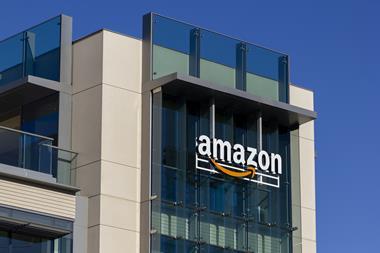Retailers must innovate to meet the challenges of an uncertain and rapidly changing world. Research and development (R&D) tax relief can help them make the leap, says ForrestBrown’s David North.
These are uncertain times for the retail sector. The latest data presents a mixed picture, with year-on-year growth balanced by falling consumer confidence against a backdrop of geopolitical instability.
Indeed, the only constant for retailers for the past two years has been the rapid pace of change, with the British Retail Consortium’s chief executive Helen Dickinson stating recently that the sector has “driven five years of digital transformation in 24 tumultuous months”.
The likelihood of a continued buffeting by world events suggests retail businesses would be wise to double down on their investment in innovation to stay competitive.
While it would be easy to assume that innovation for the retail sector is about adopting a digital-first approach, this is not always the case.
Amazon Fresh stores are just one illustration of the high street evolving with added technology.
Investing to get ahead
Key to this evolution is investment in research and development spanning every aspect of retail operations, from back-office support to logistics and warehousing.
Overcoming technical challenges in these areas can be complex, but support is available in the shape of the R&D tax relief incentive, introduced by the government to fuel growth and innovation.
Many people think that R&D projects need to include cutting-edge technology or create entirely new products, but that is not the case.
If a business is seeking to resolve technical challenges, where there is no known solution available this work could qualify for R&D tax relief.
“Many people think that R&D projects need to include cutting-edge technology or create entirely new products, but that is not the case”
This could include adapting existing technology and systems to work in ways they were not designed to be used as a business begins to scale and pursue new goals.
Alternatively, it might be that a retailer is attempting to implement personalisation technologies – which give them the ability to know their customer better, target them with more tailored information and ultimately improve customer experience – and they need to develop a bespoke technological process in order to do so.
Whatever their innovation, it is clear that many retail businesses have rapidly adapted to changing circumstances over the past two years.
There is a good chance those that have could be eligible for R&D tax relief.
The incentive should also encourage more retailers to consider taking new approaches to the challenges they face in the future.

David North is a software expert within ForrestBrown’s sector specialist team.
He supports clients, including those in the retail sector, with complex software-based R&D tax credit claims.




























